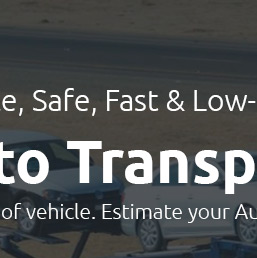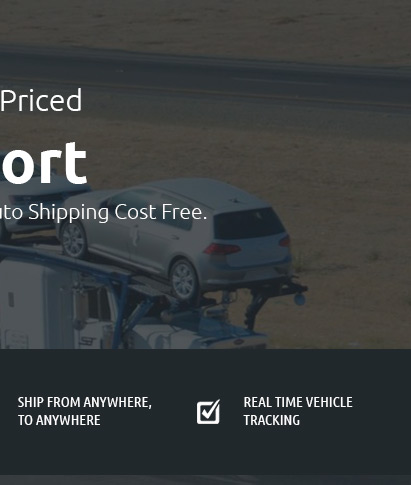 |
|
||||
 |
 |
 |
 |
||
 |
 |
|||||
 |
 |
 |
 |
 |
 |
 |
||
 |
 |
 |
 |
 |
 |
 |
 |
 |
 |
 |
|
 |
|
Discover the future of vehicle transportation with our unparalleled auto shipping service, seamlessly bridging the gap between Hawaii and the mainland-whether you're relocating your prized car, motorcycle, or even a fleet of luxury vehicles, we deliver with precision and care, ensuring a stress-free journey every time; trust us to turn the daunting task of cross-ocean transport into a smooth, efficient experience where your peace of mind and vehicle's safety are our top priorities, and let our expert team handle the logistics while you enjoy the ride.
https://www.carshippinghawaii.com/
Port To Port Service is a cost-effective solution for those looking to ship a car to Hawaii from the mainland locations, specifically those near the west coast. https://www.carshippinghawaii.com/hawaii-car-transport
Dropping a Vehicle off at your nearest port location is a low-cost Hawaii auto transport option for those who live near the west coast of California or ... https://www.quora.com/How-do-I-ship-a-car-from-Hawaii
Affordable car shipping services for transporting vehicles to Hawaii typically range from $1,000 to $1,500, depending on the size of the vehicle ...
|
